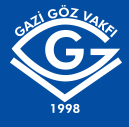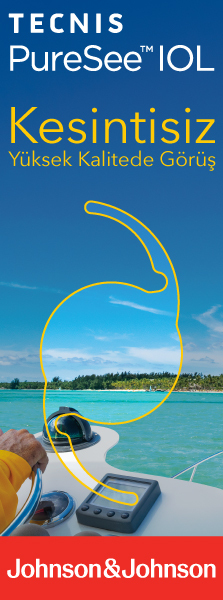Material and Methods: The study was conducted on the 154 eyes of 154 healthy children aged 4-14 years. The children were divided into 3 groups by age as 4-6 years, 7-10 years and 11-14 years. Choroidal thickness was measured from the subfoveal region, central fovea and 1500 ?m nasal and temporal points manually in the horizontal section through the central fovea using the enhanced depth imaging (EDI) mode. Optical low coherence refl ectometry was used to make central corneal thickness and axial length (AL) measurements.
Results: The mean age was 8.87±2.69 years, mean AL 22.87±0.75 mm (range, 20.48-24.79 mm) and mean subfoveal choroidal thickness 328.33±70.68 ?m (range, 168-500 ?m). The choroid was thickest in the subfoveal quadrant and thinnest in the nasal quadrant. The mean choroidal thickness was highest in the oldest group (p<0.05). We found a positive correlation between choroidal thickness and age (all p<0.001), and a negative correlation with AL (all p<0.01) in all measurement points.
Conclusion: The choroidal thickness was highest in the subfoveal and lowest in the nasal quadrant in healthy children aged 4-14 years. The choroidal thickness was highest in children aged 11-14 years, possibly due to physiological events of normal ocular development during adolescence. We found a positive correlation between choroidal thickness and age and a negative correlation with AL.
Keywords : Children, choroidal thickness, enhanced depth imaging, optical coherence tomography




